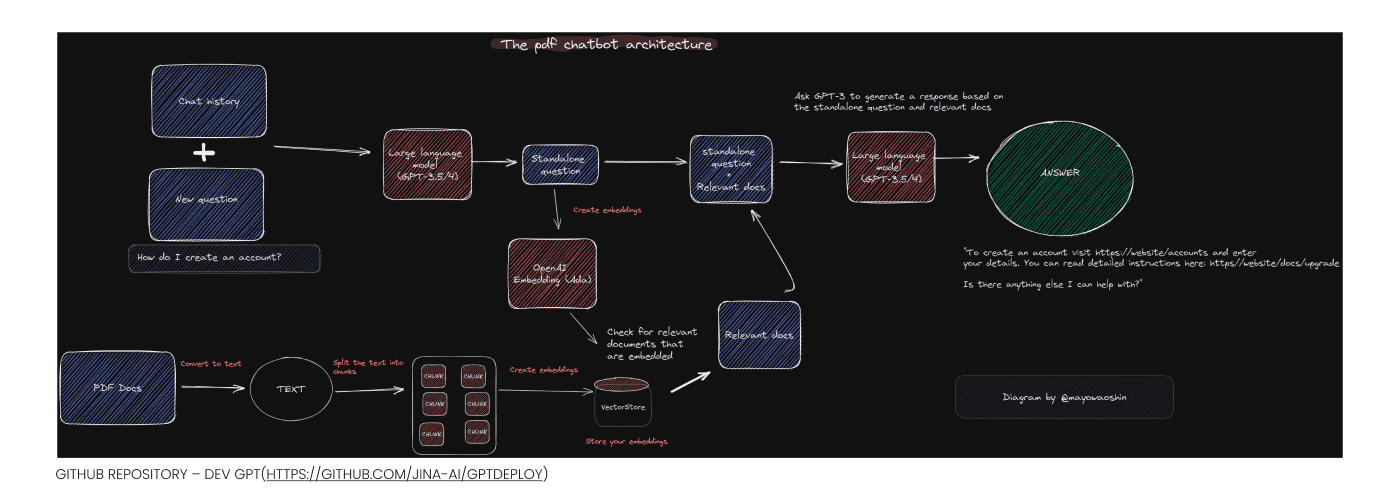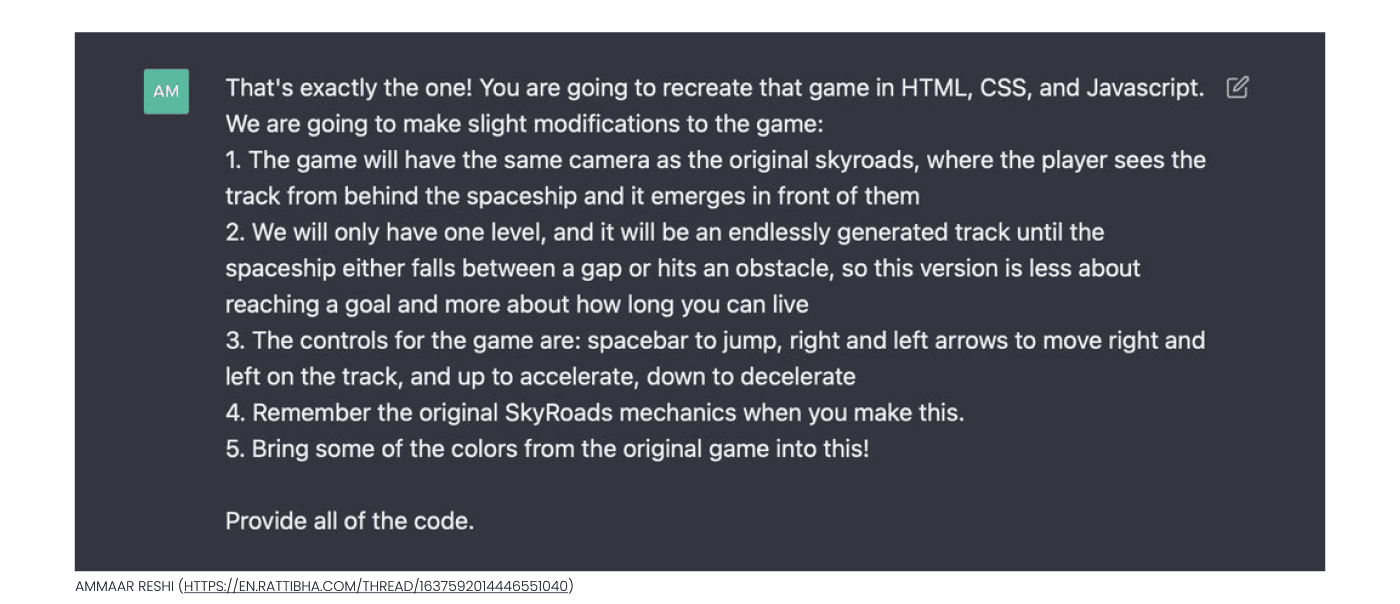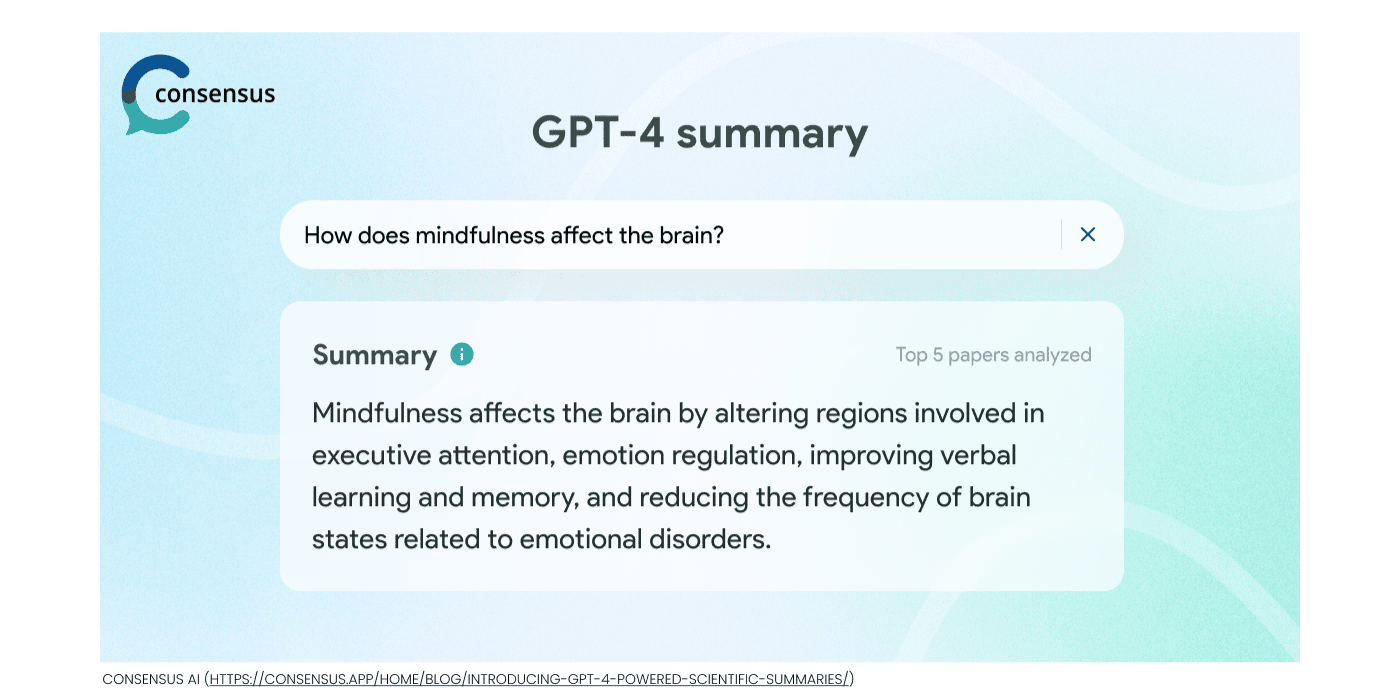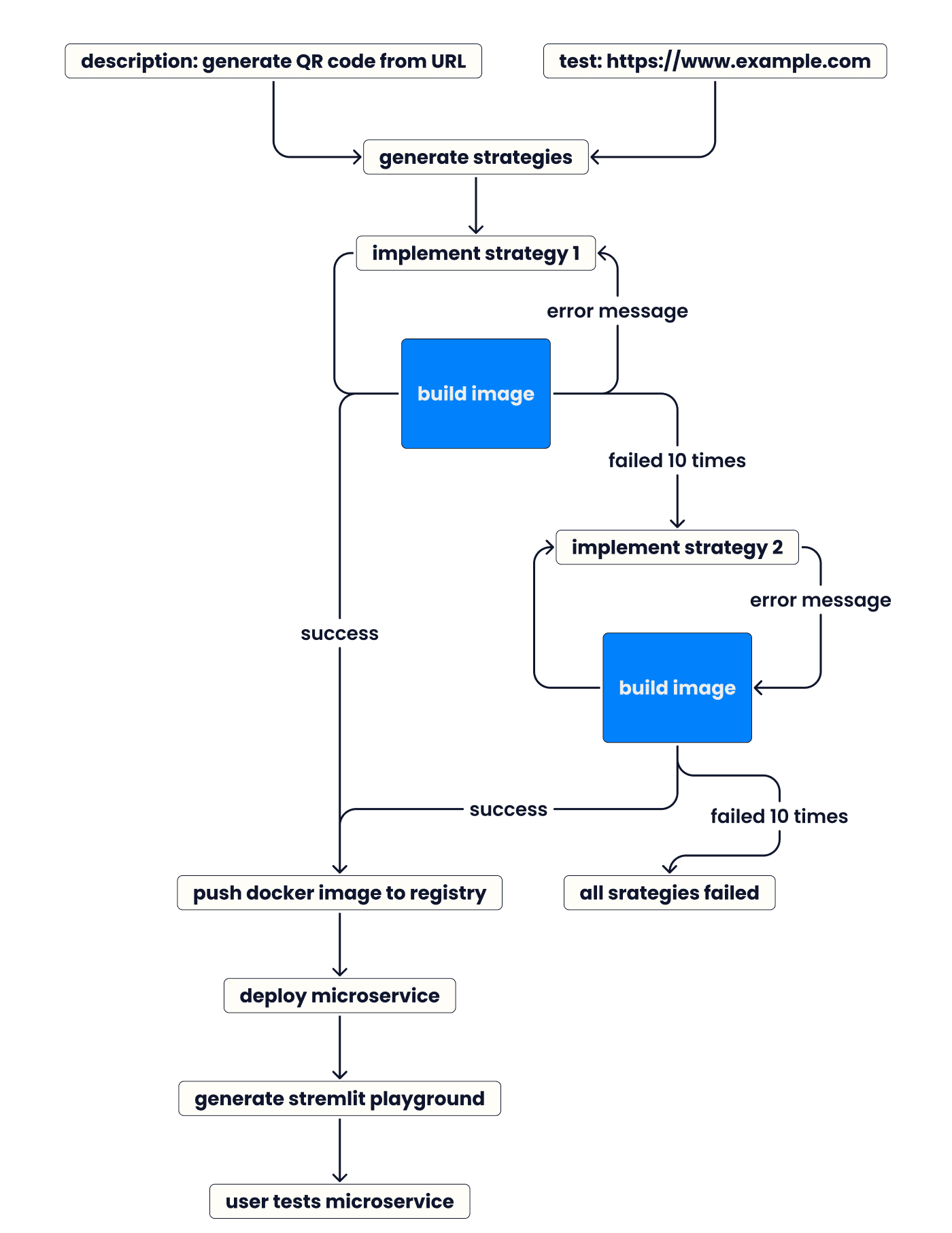Chat GPT-4 has already become a very promising tool that many people across the globe use for different purposes. Usually, many of us use it to summarize generate text, or write code. Indeed, the potential of Chat GPT is enormous. So, today, we would like to discuss with you the projects that are implemented on top of Chat GPT- 4.

Mayo Oshin, a data scientist who has worked on various projects related to NLP (natural language processing) and chatbots, has built GPT-4 'Warren Buffett' financial analyst. Basically, this chatbot can analyze multiple large PDF documents (~1000 pages) using GPT-4 and LangChain - a framework for developing applications powered by language models.
So, this chatbot is designed to process and analyze financial data from multiple PDF files. Specifically, Mayo analyzed the 10-k annual reports of Tesla for the years 2020 to 2022. The reports contain a lot of information about Tesla's financial performance, operations, risks, and opportunities, which is obviously very time-consuming and overwhelming to read for humans.
The chatbot uses GPT-4 to generate conversational responses to user queries about the data in the PDF files. Basically, you can ask any questions about the documents. Those questions can be simple, such as "What is this document about" and can be more specific such as "What are the main risks identified in this report?" or "What do you mean by (any term)?" And, as a result will receive the answer with the sources and references. Here you can see the PDF chatbot architecture:

Also, here you can see the repository of this project and a video tutorial on chatting with PDF documents.
This project demonstrates the potential of using AI-powered chatbots to automate complex tasks that require time, skills, and effort. Of course, the results of such chatting can be both enough for some types of work and require more attention and refinement, but still, the information extracted from the chat will simplify and optimize a lot of processes. We believe that such usage of AI can provide valuable insights for various fields, including finance, law, and healthcare.
Creating a 3D space runner game from scratch is a challenging task that requires a deep understanding of game development, computer graphics, and programming. Indeed, It is really impressive that Ammaar Reshi was able to create a fully-fledged 3D game without prior knowledge of game programming using Chat GPT-4 and, here are the steps he took:
Defining the game concept and assembling an AI team: Ammaar used a combination of AI models and tools to help him create the game. These included GPT-4 for natural language processing, Replit for coding and collaboration, MidJourney for creating the background and textures, and Claude for solving bugs.
The most interesting part - using GPT-4. Ammaar Reshi asked Chat GPT to pick out how it would make the game, and it suggested using BabylonJS, HTML, and CSS. After that, he described exactly what should be borrowed from the other game, which was the reference.
When the code was written by Chat GPT-4, Ammaar posted it in the Replit. The code actually worked, but the product delivered was far away from the expectations and the final version. Basically, there was a need to reposition some objects, and Chat GPT fixed that.
When bugs occurred, AnthropicAI's Claude and Chat GPT-4 were used to solve them.
After this, for backgrounds in this project, MidJourney was used.
Then, GPT brought together all the files.
Final stage - adding some music and asking GPT-4 to write the code for adding a music player and sounds of explosion and game over.
Here you can see the prompt used by Ammaar Reshi:

It is really surprising that using Chat GPT-4 in the right way, even without knowledge of programming, can lead to such great results.
Genmo chat is an AI-powered tool that allows users to create and edit images and videos. On this platform, a human and a generative model work together, creating unique materials and achieving great results that AI by itself can not give.
Users of Gemno can create the following:
Animate images: Users can upload an existing image and ask Genmo to animate the whole image or a specific part of it. For example, a starry night image can be animated to create a timelapse of the sky.
Generate and edit movies: Based on the input of the user, Gemno can generate and edit movies from scratch. Simply, users are providing the model with a title for a movie, and Gemno will help them with creating ideas. Then, Genmo can generate and edit the video and even select appropriate transitions and text overlays.
Write a script and generate the trailer: Users can ask Genmo to generate a movie script based on a title and refine the ideas iteratively. Genmo can also generate a variety of scenes and transitions for the trailer.
Edit photos with words: Users can replace something or change the style of the picture.
Design a presentation with app icons: Gemno can regenerate multiple versions of the icons.
The capabilities of Genmo sound very promising; however, using OpenAI's GPT-3.5/GPT-4 will allow you to extend the capabilities of Gemno by using Blender with natural language commands. Here you can also find the GitHub repository on BlenderGPT.
Well, both Genmo and BlenderGPT are interesting examples of how AI-powered tools can make access to complex functions easier and more accessible, empowering users to express their creativity in new ways.
Consensus is a search engine that uses AI to extract information directly from scientific research. And a month ago, they introduced Chat GPT-4 powered summaries of the documents. With this addition, users will see the landscape of research and get the answers to their questions regarding the documents in seconds.
The summary will run over the first 5–10 results and will include the answers their model believes are relevant. The company also decided to put guardrails on their summary feature, such as no black boxes (all the results that power the summary can be seen directly below the interface), relevancy, and confidence thresholding (if the model believes that results are not relevant enough - such results will be excluded), and extracting the results instead of generating which will allow summary to be accurate.

Though, Consensus AI claims that there are some limitations:
At this moment, the GPT-4 - based summary feature is in the Beta version and will be improved. We believe that Consensus AI's use of Chat GPT-4 to summarize research papers is an excellent example of how technology can facilitate knowledge discovery in many fields.
Scrapeghost library can automatically identify and extract structured data from HTML pages. This library is designed to be easy to use and does not require any page-specific code. Users can simply define a list of fields to extract, and Scrapeghost will attempt to do it. You can also find a tutorial on building a scraper. This model has many great features, such as:
In our opinion, Scrapeghost is a very promising and interesting example of how Chat GPT- 4 can be used to automate the process of web scraping and data extraction.
A project called Dev-GPT streamlines the creation and deployment of microservices. To do this, users need to describe the task using natural language, and after this, the system will automatically build and deploy your microservice. Of course, you will need to test this tool in order to ensure that the microservice will align with your task.
In the repository, you can find numerous examples that demonstrate how to use GPT-4 for tasks such as text generation, text completion, language translation, and many other things. Those include:
Also, here you can see the process of creating a microservice and deploying it to the cloud, elaborating on two different implementation strategies using Dev-GPT:

There are many methods on how to use the power of Chat GPT in non-standard ways. As we can see from the examples that were discussed before, this technology can be applied to any field - from game development to research analysis.